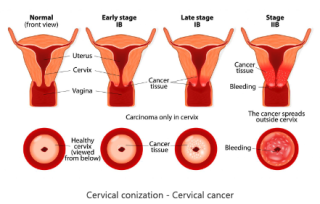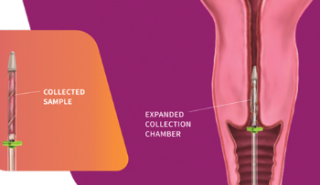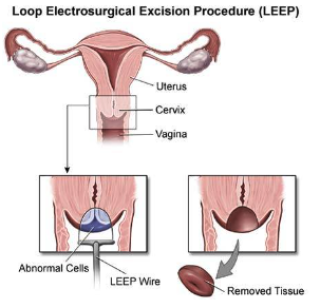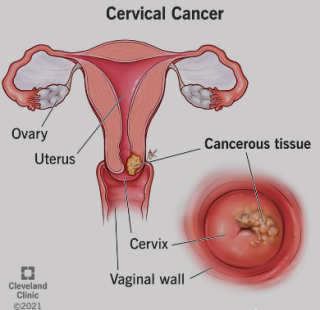Is a second opinion important for cervical cancer treatment?created at May 04, 2009 1,388 1,388 A second opinion for cervical cancer treatment is highly recommended, |
Precision and Clarity: Unraveling the Significance of Conization in Cervical Cancer Diagnosiscreated at May 04, 2009 1,387 1,387 Conization, |
Unveiling the Role of Endocervical Curettage (ECC) in Cervical Cancer Diagnosiscreated at May 04, 2009 1,292 1,292 Endocervical Curettage (ECC) emerges as a diagnostic procedure aimed at exploring the inner recesses of the cervix, |
Precision in Practice: Understanding LEEP for Cervical Cancer Diagnosiscreated at May 04, 2009 1,237 1,237 Loop Electrosurgical Excision Procedure (LEEP) is a precise and effective method employed in the biopsy process for diagnosing cervical cancer. This procedure involves the skillful use of an electric wire loop to delicately slice off a thin, |
Decoding Diagnosis: Unraveling the Path to Detecting Cervical Cancercreated at May 04, 2009 1,303 1,303 Detecting cervical cancer involves a systematic approach, |
Understanding Biopsies for Cervical Cancer Diagnosiscreated at May 04, 2009 1,236 1,236 Biopsies are pivotal in diagnosing cervical cancer, |



